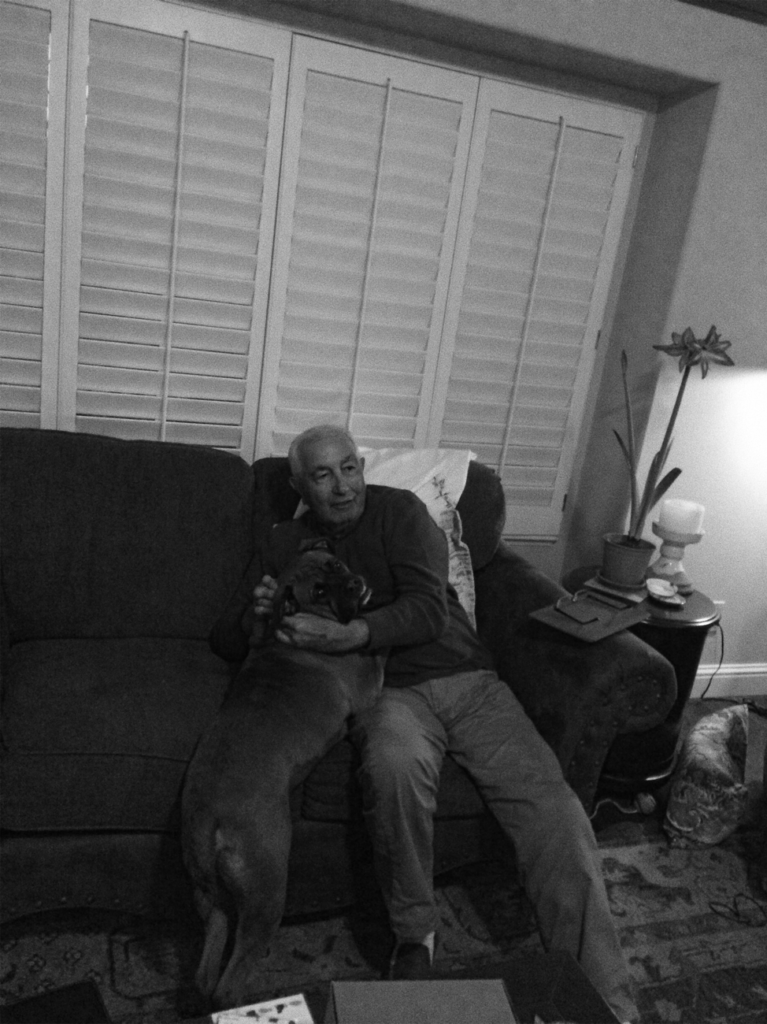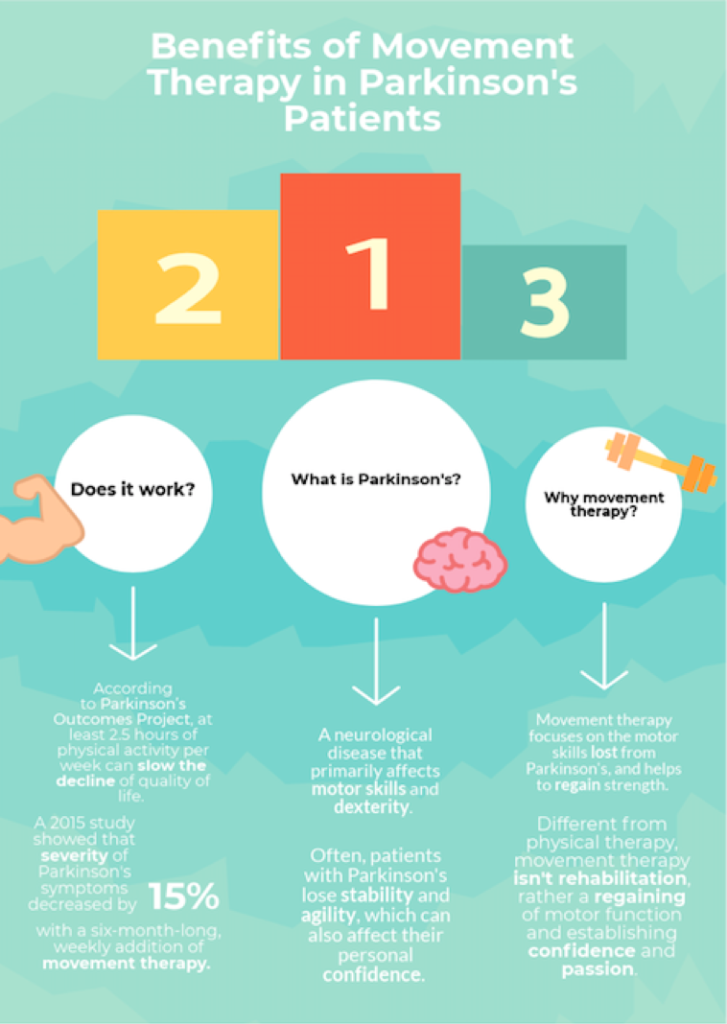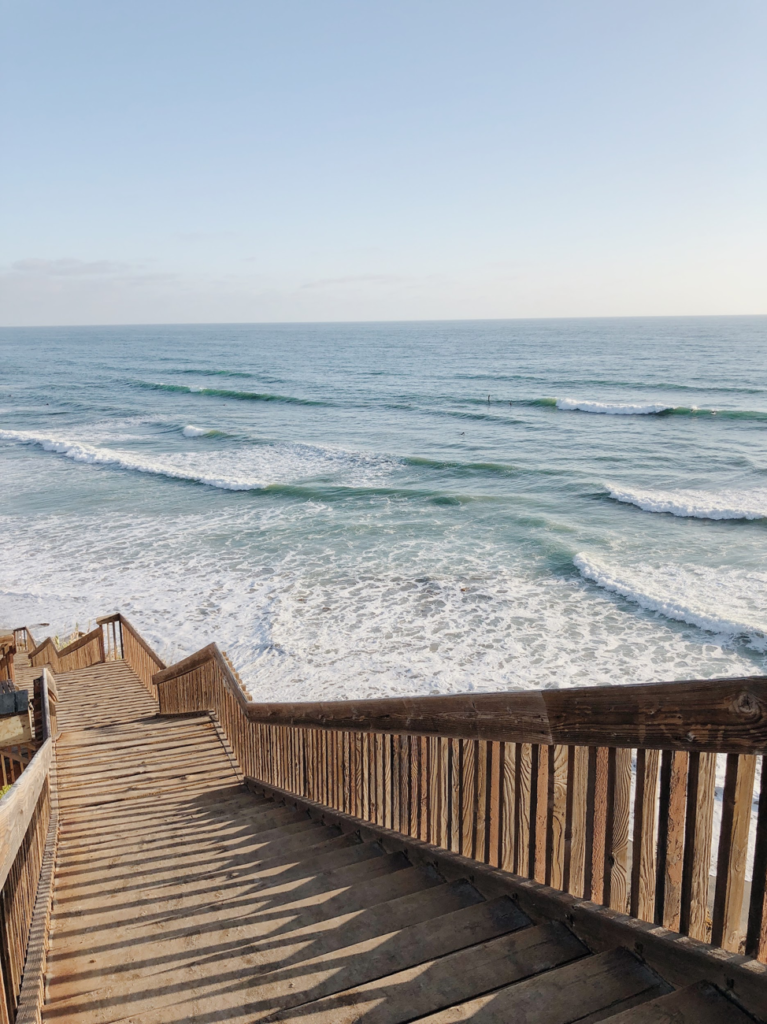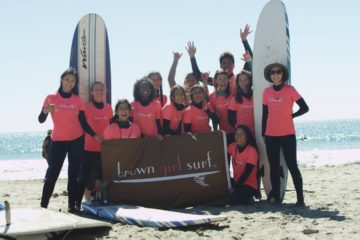The Cure’s in the Curl: How Surf Therapy Helps Parkinson’s Patients
“There’s no cure” is the last thing any patient wants to hear from their doctor. For Frank DeRitis, he actually felt some sort of relief.
For many elderly people, a tremor, or uncontrollable shaking of a limb or body part, isn’t abnormal. Often, as people age, tremors develop as the brain begins to slowly lose control over basic motor functions.
As it is such a common symptom of aging, many consider it to be harmless. And this is what DeRitis thought—“I’m just getting old”—but progressively the tremors became more aggressive and debilitating. He tried to sit on his hands to hide the distracting movements, but as time went on, they became more and more severe. They turned into an embarrassment, and began to morph into crippling depression; fear that leaving the house would cause sympathy stares and puzzled faces.
Suddenly, the things that brought him the most joy, like golfing and walking his dog, became impossible tasks. Holding a golf club was impossible, and his dog, Jesse, became confused as to why her owner was moving so slowly. His simple passions in life began to fade.

Following a subsequent diagnosis of Parkinson’s disease, his life felt bleak—until a simple suggestion by his doctor to try surf therapy not only lessened the severity of his symptoms, but also began to foster a passion for the aquatic sport.
Prior to his initial diagnosis, however, DeRitis’ wife was at a loss. After seeing the progression of both his tremors and his depression first-hand, she was unsure of what she could do to help him. And for DeRitis, sadly, this is where the relief began to set in. His paralyzing depression led him to believe that a cureless, potentially terminal disease would rid his wife of the burden of taking care of him.
And for many months, this was the narrative that DeRitis lived by. Parkinson’s is a progressive, long-term degenerative disease that affects both the nervous and motor systems. The effects on the motor system are what cause tremors, along with slow movements and difficulty walking. As a common symptom of many neurological disorders, the progressive worsening physical symptoms of Parkinson’s can also cause depression, anxiety, and angry outbursts.
With a cureless disease, the most common solutions are merely mitigation—finding ways to lessen the symptoms to hopefully stall the progression. DeRitis tried numerous medications, neurological therapy, and even meditation, and nothing seemed to work. In fact, he felt his depression worsening.
Feeling concerned at his patient’s progress, DeRitis’ doctor suggested movement therapy at an appointment. “It’s not physical therapy,” he explained, “It’s just like learning a new sport.”
Movement therapy has become an emerging tool to help Parkinson’s patients and increase their mental state. The most common movement therapy for neurological diseases is boxing, as it increases physical strength and also focuses on coordination. According to Dr. Randy Ross, a neurologist, movement therapy helps to not only increase dexterity, but also confidence.
“Movement therapy, just like any other exercise, helps to increase endorphins in the brain and helps the patient to feel physically happier. But it also helps with hand-eye coordination and motor skills; some of the abilities lost [with Parkinson’s].”

Living in Arroyo Grande, a small town a few miles outside of beachy San Luis Obispo, DeRitis considered surfing to be the most attractive option for his movement therapy. His doctor connected him to MovePT, an emerging organization designed to re-define physical therapy for Parkinson’s patients.
“I was terrified. And I was standing on the beach with this fit, tan surf instructor, and I was thinking to myself, ‘he just thinks I’m an old man.’ But we didn’t even talk about my age. We didn’t talk about Parkinson’s—we just got in the water and he treated me like a normal guy who wanted to learn how to surf.”
This is the mentality that MovePT was founded on. Created as a way for Parkinson’s patients to become confident in the water while also practicing vital physical therapy movements, MovePT has begun to make strides in the Parkinson’s community.

Patrick Kelley, DeRitis’ surf instructor and founder of MovePT, first introduces some surfing exercises to his patients on the sand– such as proper form on the board and ‘popping up’ (moving from a lying position to standing on the board). They then move into the water, where they “take it slow,” but gradually begin to catch waves.
“The focus required for surfing—seeing if a wave is okay to surf, checking your surroundings, making sure your form is correct—these are all skills that create a strong mental state,” Kelley said, “The ‘brain fog’ that so many [Parkinson’s] patients have seems to disappear in the water. That, and the physical skills required to surf help to build strength and stability.”
And this isn’t just talk. While MovePT is just getting started, they have already seen results.
“I don’t want to say anything for certain, because we are just getting started, I mean, we barely have a website,” Kelley said, laughing, “but me personally, I see progress in my clients. I see them improving. I have spouses and friends and grandkids emailing or calling me and saying, ‘they’re really changing.’ I see the results, I know it works.”
Learning that your diagnosis is incurable can be devastating. But sometimes, it’s the simplest things that seem to have the most impact; feeling sand between your toes, tasting the saltwater, and breathing in ocean air. For DeRitis, it was what gave him the fire to do everything he could to make his life better, instead of giving in to the disease.
“I don’t want to be dramatic, but I do think surfing is what helped me the most. More than the medications, even. I was ready to give in, but now I just feel stronger.”


